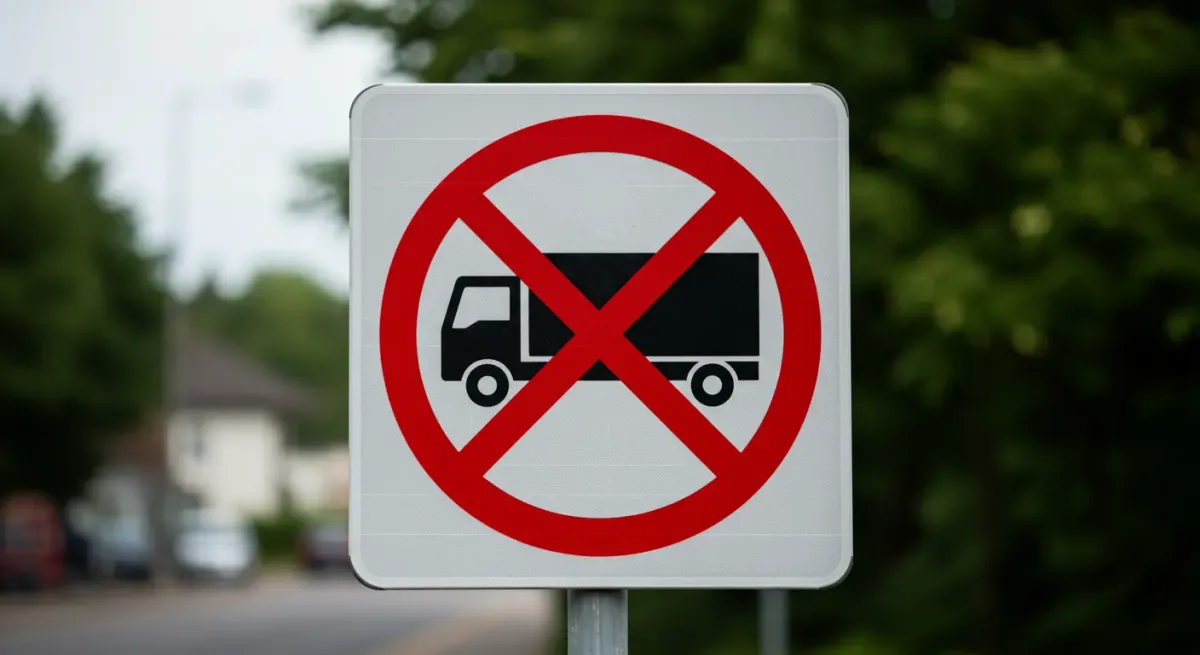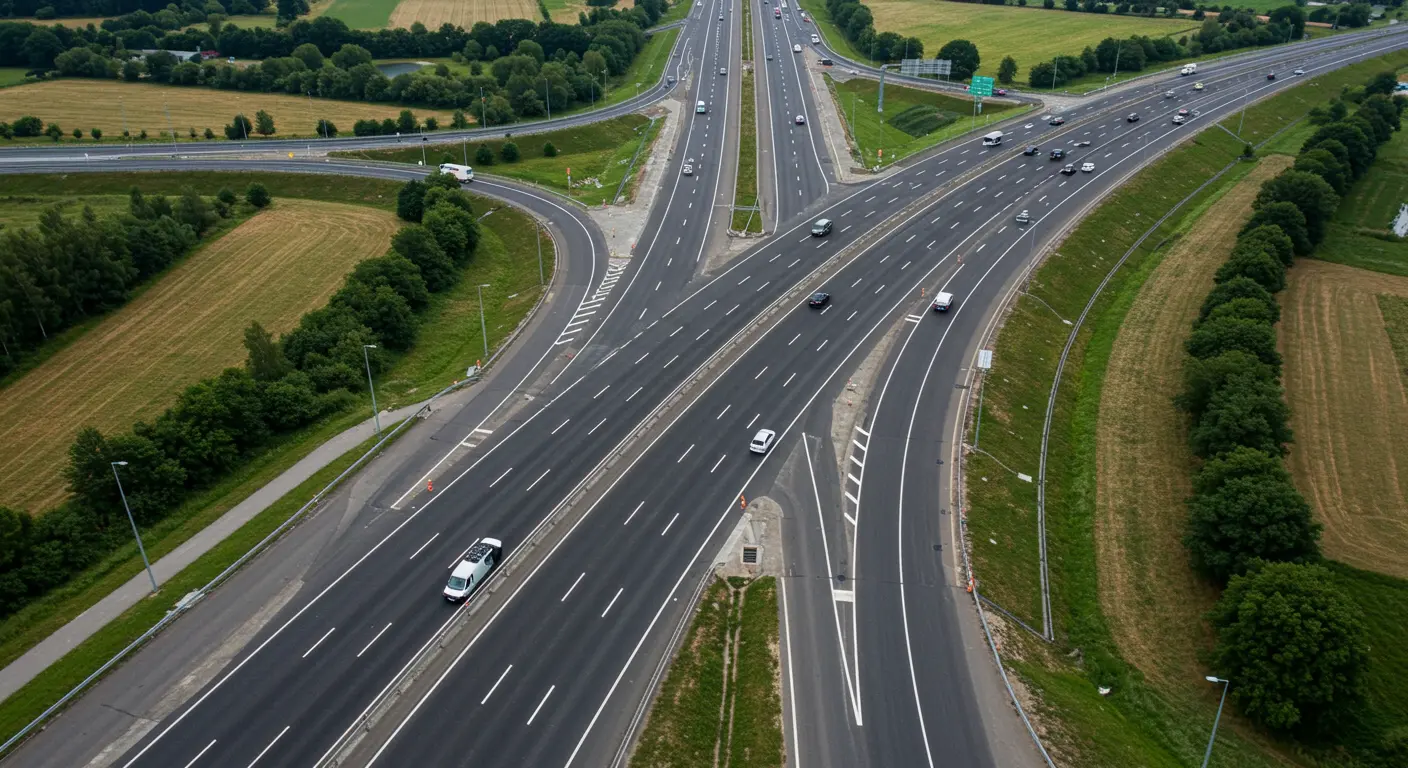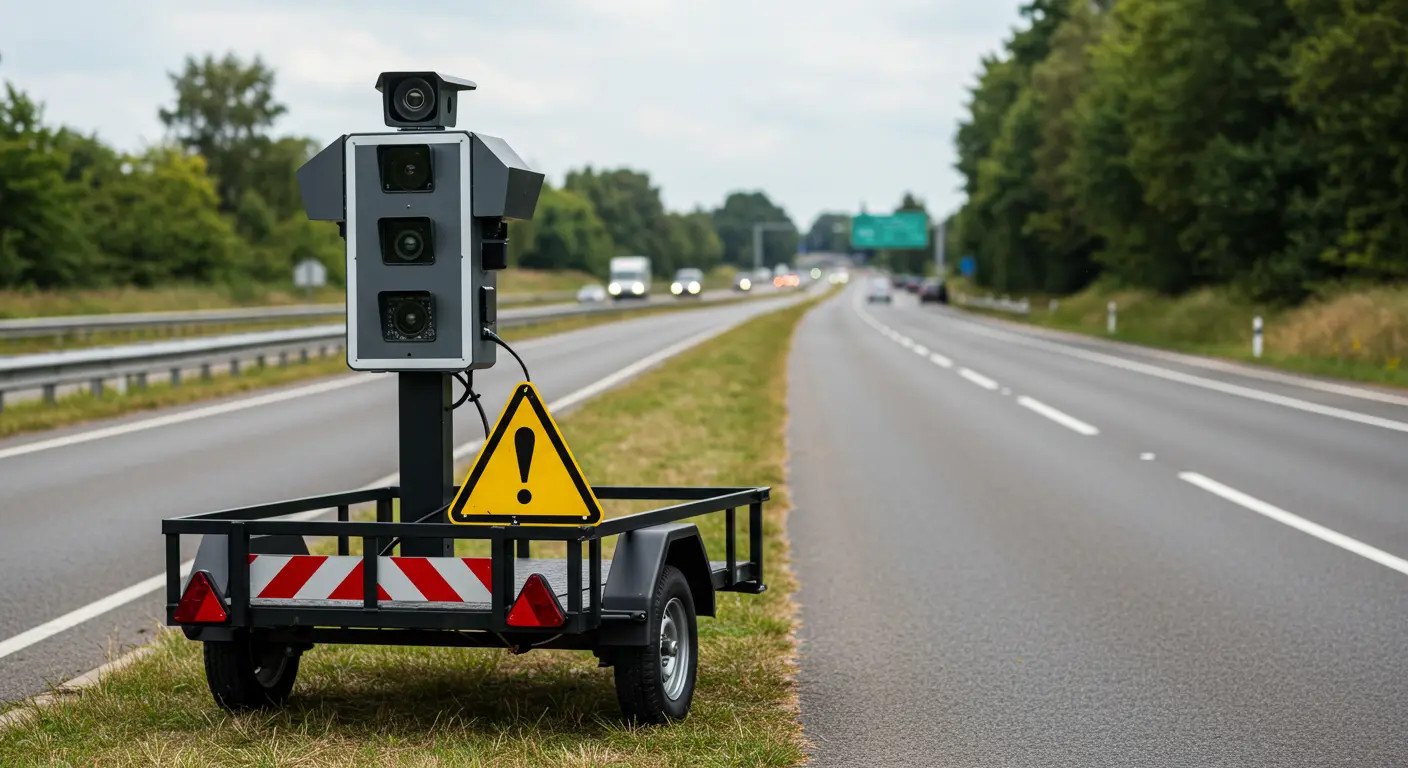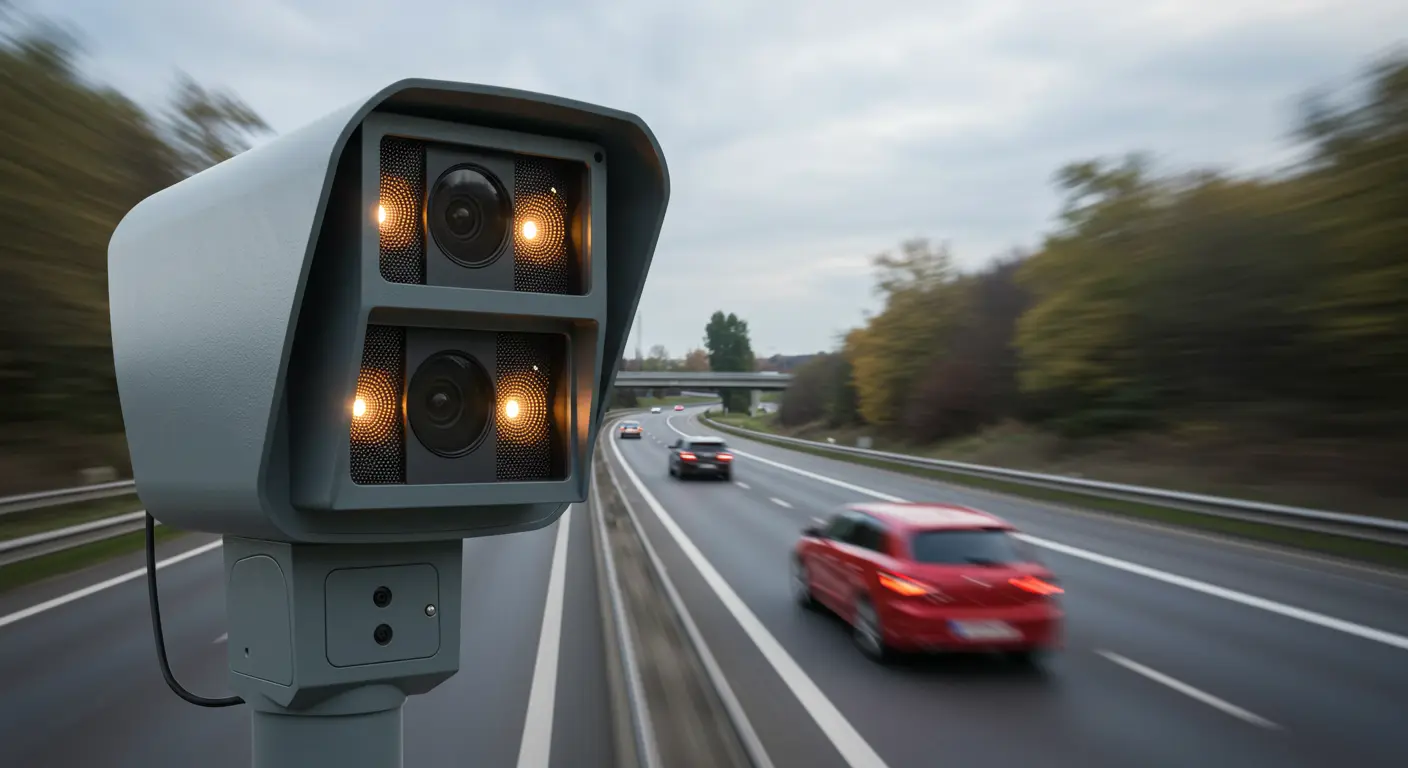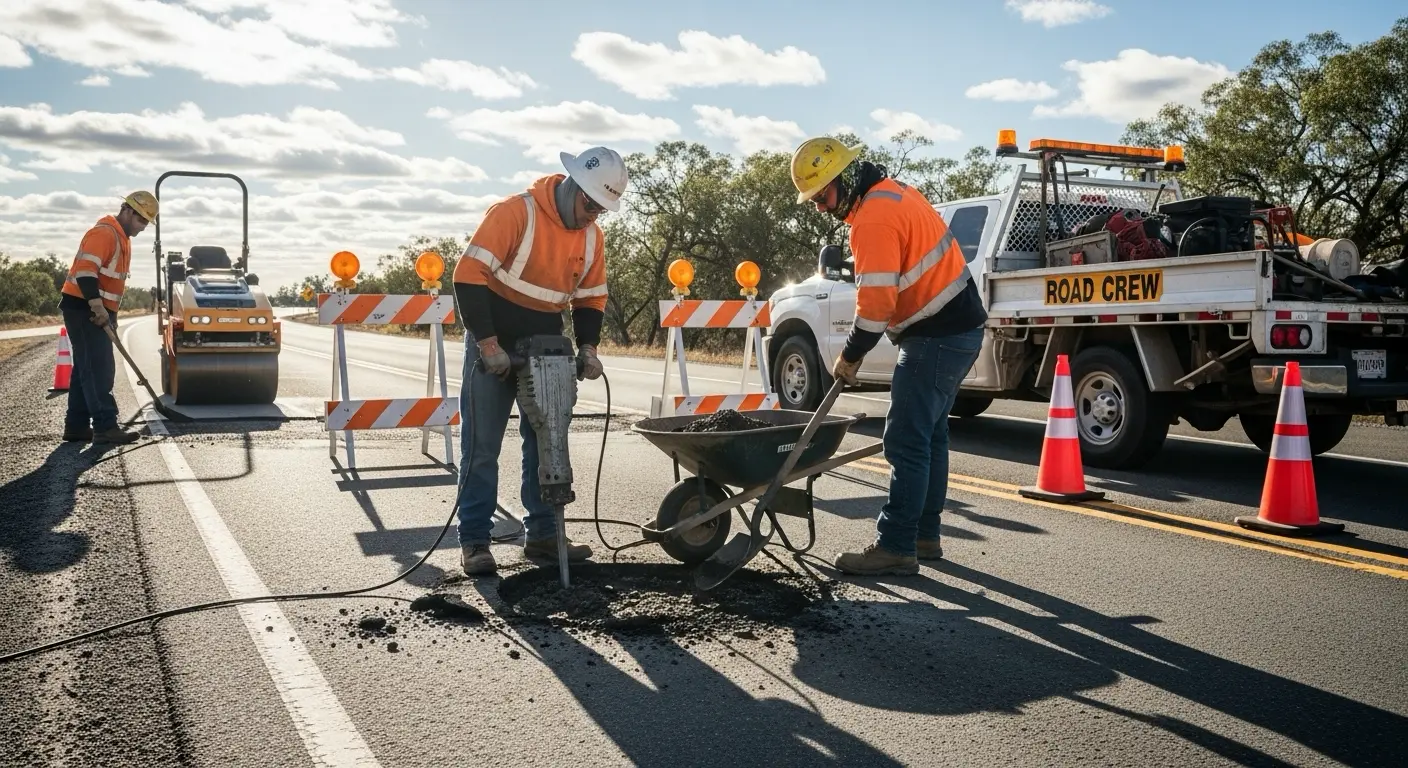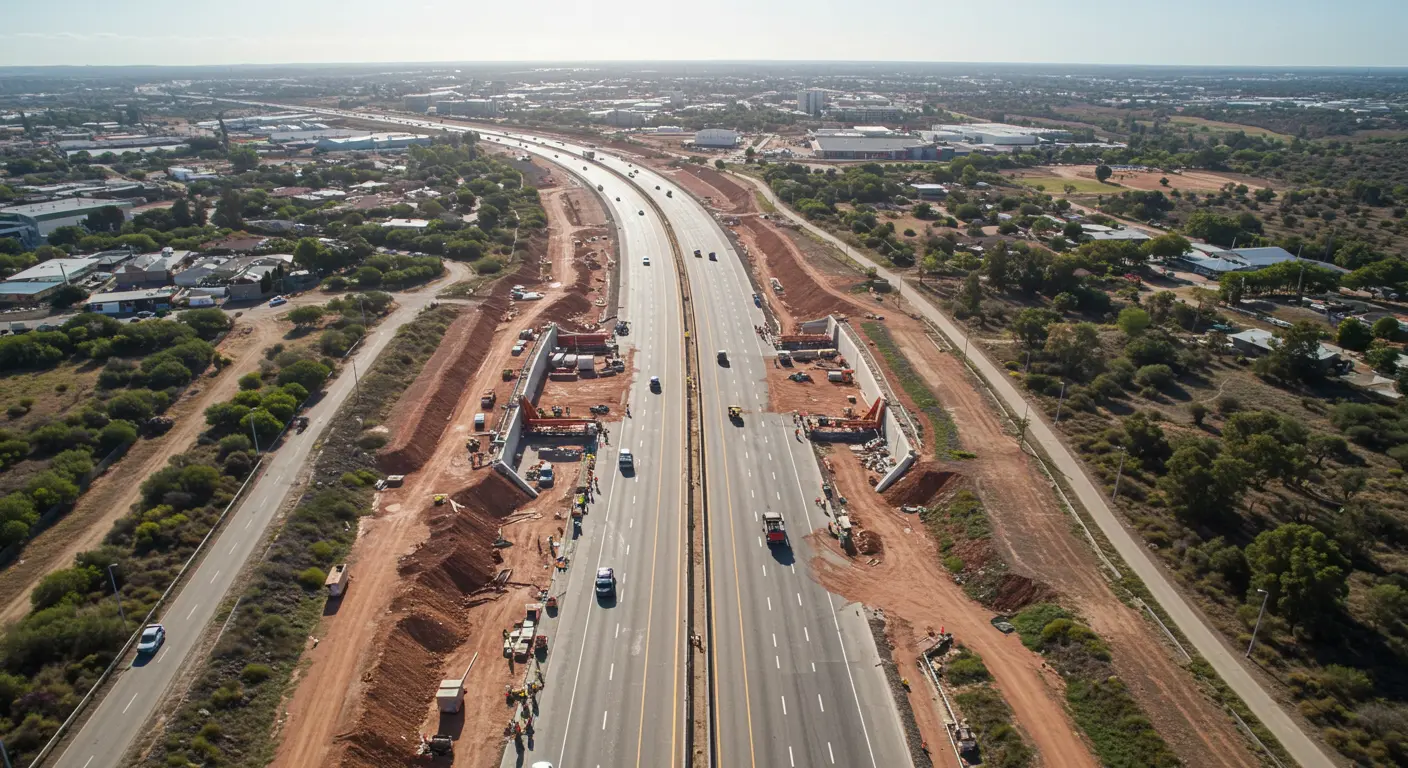Starting July 1, drivers across Victoria face a major change in road rules that aims to make roadside assistance work much safer. Millions of motorists will now be required to reduce their speed to 40 km/h when passing incident response vehicles displaying flashing lights of any colour.
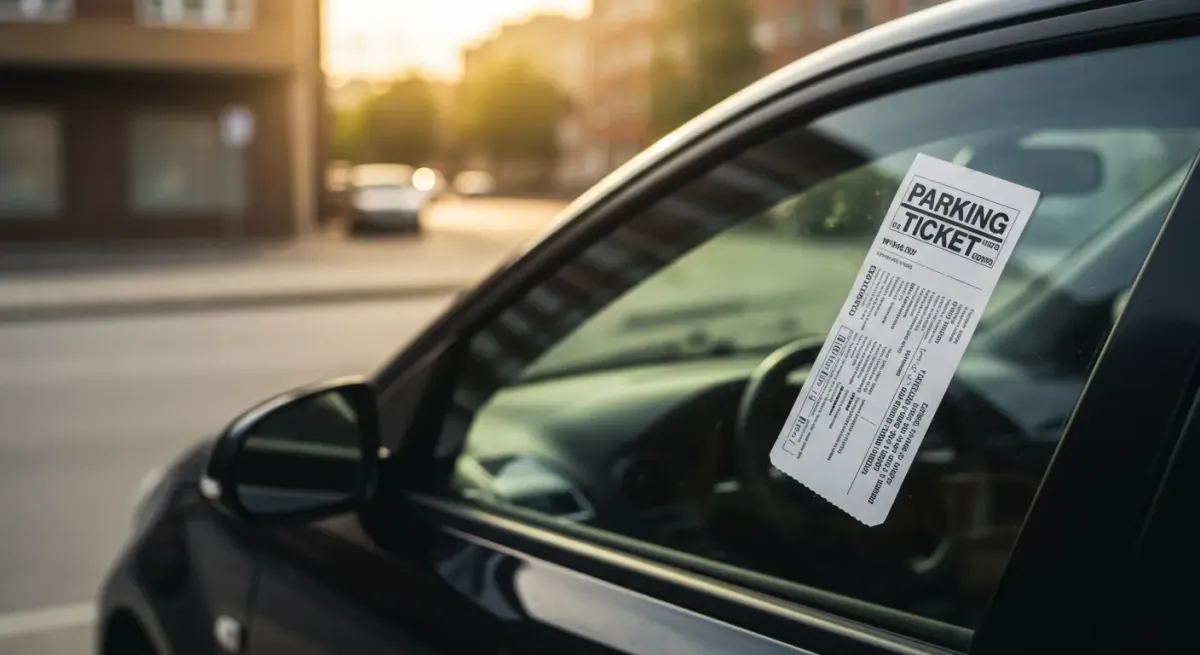
The updated rule expands on the previous law introduced in 2017, which required drivers to slow down for stationary emergency vehicles such as police, fire, and ambulance vehicles displaying red or blue lights. Under the new law, the list of protected vehicles now includes accident towing trucks, breakdown towing services, roadside assistance vehicles, and incident response crews operating on roads like Peninsula Link, EastLink, and Transurban-managed highways.
Why the New Law Matters
The change comes after repeated concerns from roadside workers about the dangers they face while assisting stranded motorists. Roadside assistance operators frequently work on high-speed roads, and drivers failing to slow down poses a constant threat. In recent surveys conducted in early 2024, roadside patrols consistently ranked speeding vehicles as the most common hazard they encounter on the job.
Without wide emergency lanes in many areas, these workers are often left exposed while assisting drivers. The updated law ensures that roadside staff, as well as stranded drivers waiting for help, are better protected from oncoming traffic.
The Penalties for Non-Compliance
Drivers caught failing to slow to 40 km/h in these situations face significant penalties. Standard fines start at $346, but under certain circumstances, fines can reach up to $961. While these offences carry no demerit points, authorities have emphasised that the financial penalties are designed to deter dangerous behaviour and reinforce safer driving habits.
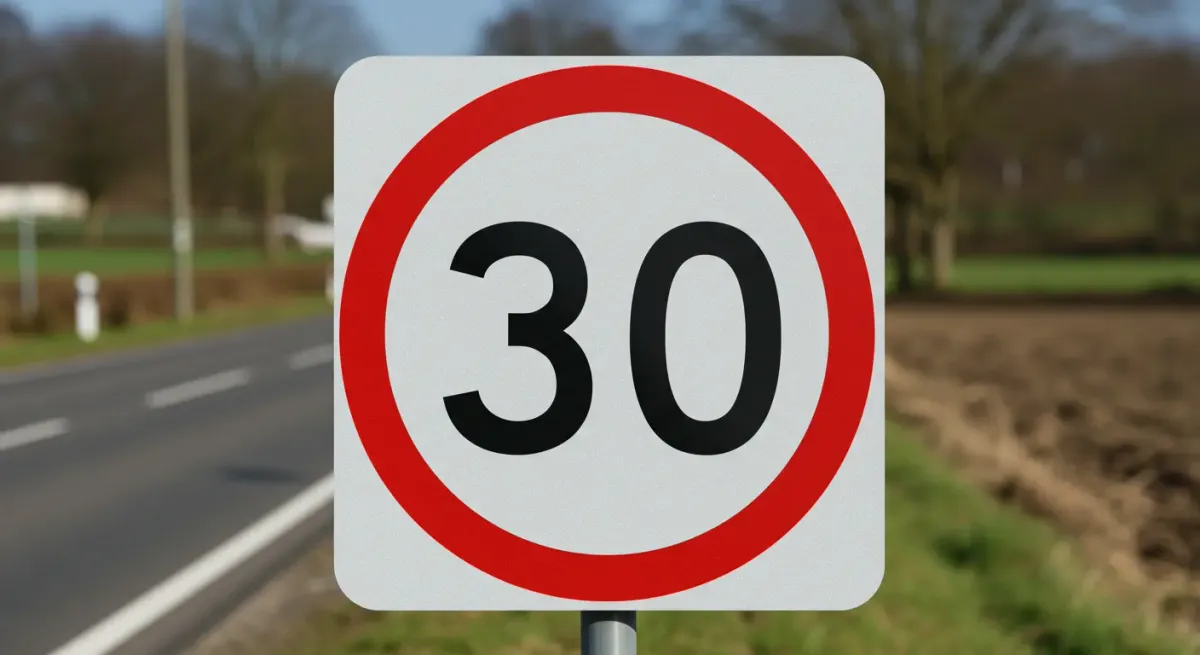
Part of a Broader National Push
Victoria isn’t alone in tightening protections for roadside workers. South Australia has already introduced similar rules earlier in 2025, and several other states are considering comparable measures. The collective effort comes amid growing concerns over increasing road fatalities and serious injuries nationally.
This change is one of several road rule updates set to roll out across Australia starting July 1, as governments aim to reverse recent upward trends in road deaths and create safer conditions for everyone who uses or works on the roads.
High Volume of Assistance Calls Highlight the Risk
In Victoria alone, emergency roadside assistance patrols respond to more than 820,000 calls for help each year. A significant portion of these incidents occur on high-speed roads, underscoring the urgent need for stronger safety measures to protect both workers and stranded drivers.
With the new rule now in effect, Victorian motorists are urged to stay alert, adjust their speed when approaching roadside incidents, and ensure the safety of those working just metres from live traffic.

